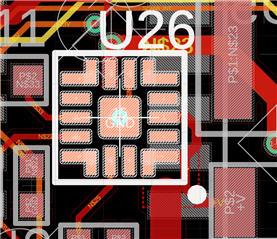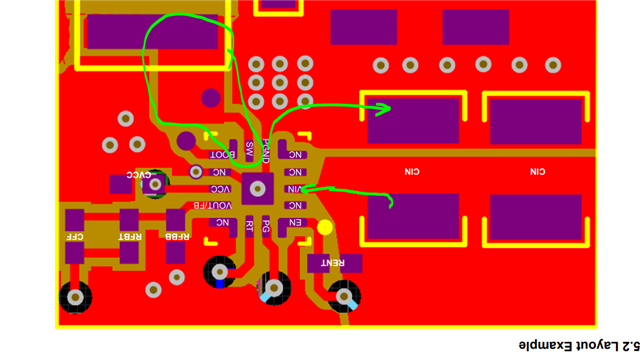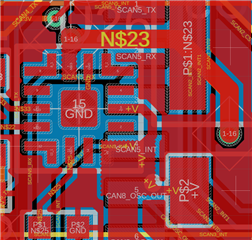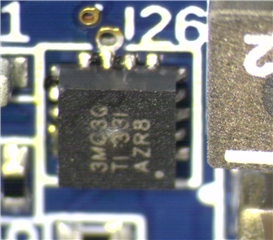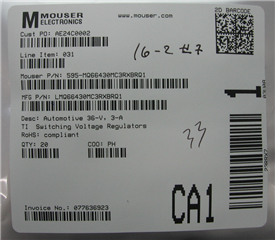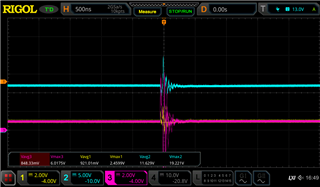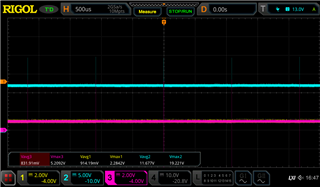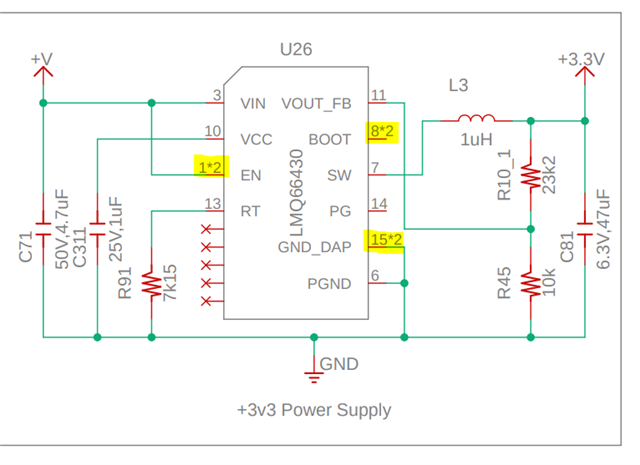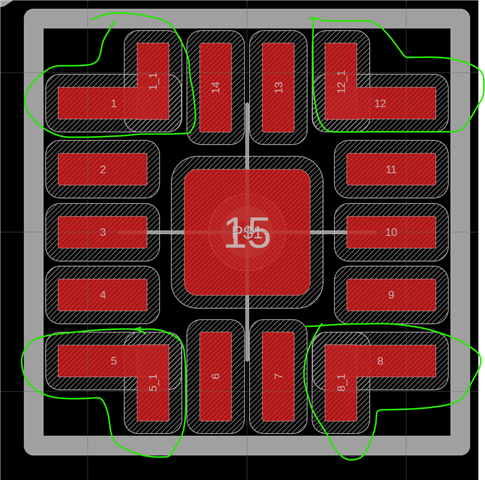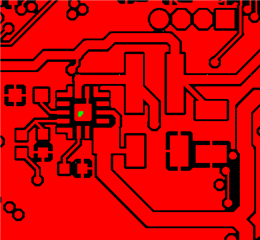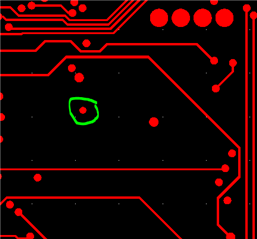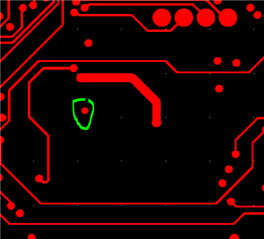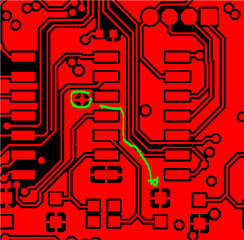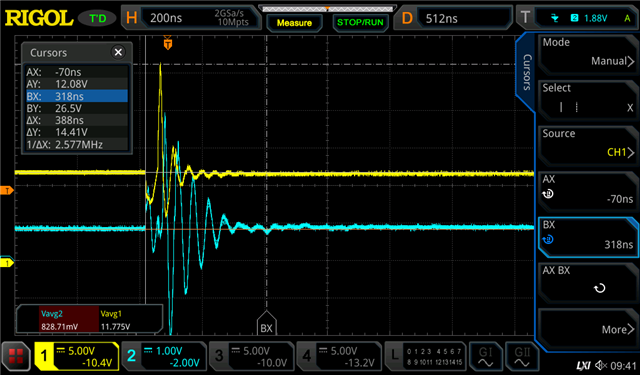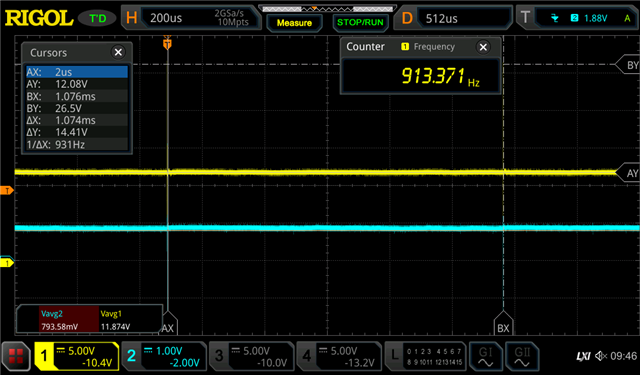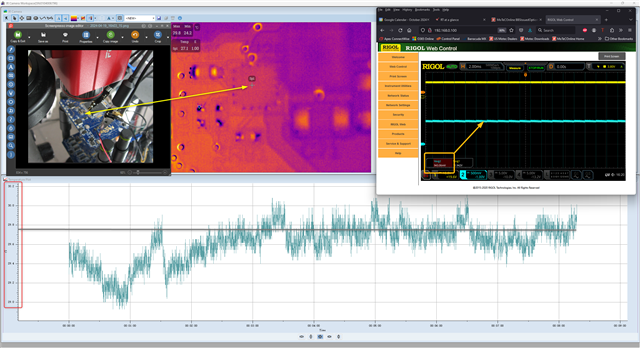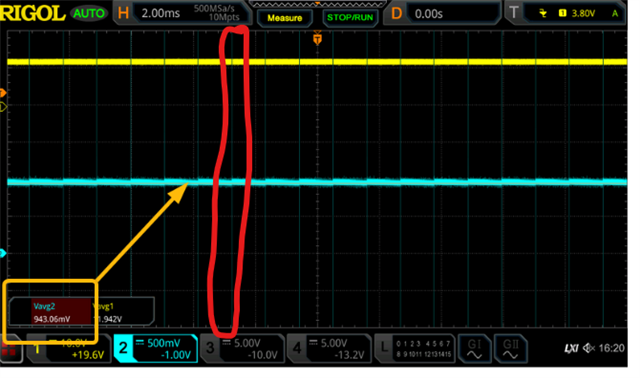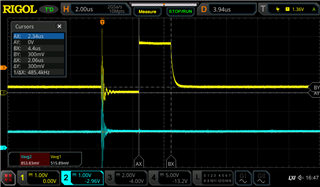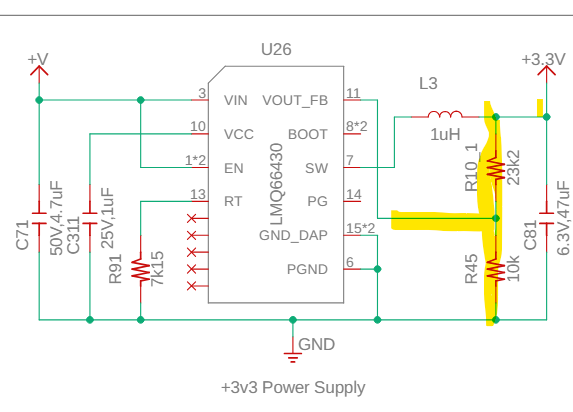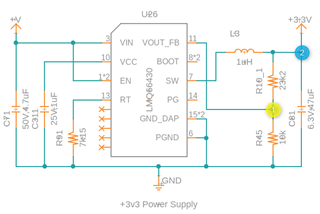I am utilizing the LMQ66430 IC to regulate 9-24V down to 3.3V for an automotive application. My schematic for the IC is attached as is the schematic provided by WEBENCH. The issue I am seeing is the IC gets destroyed upon application of voltage (slowly ramping from 0V up to 12V). I am of the understanding that this IC has over temperature protection, however I have failed two ICS already due to temperature. Is there any possibility that something isn't spec'd properly or connected properly or should I assume that the GND pad is insufficient for providing enough thermal relief fast enough to prevent the IC from failing?
-
Ask a related question
What is a related question?A related question is a question created from another question. When the related question is created, it will be automatically linked to the original question.


